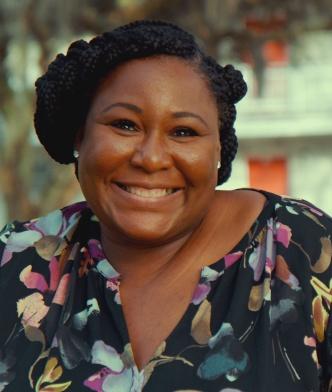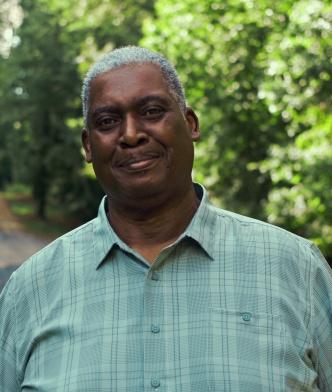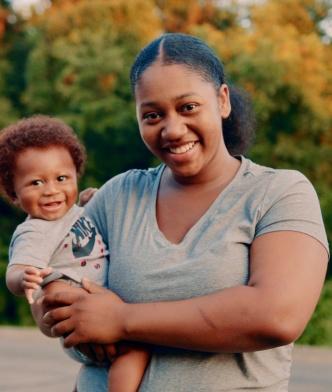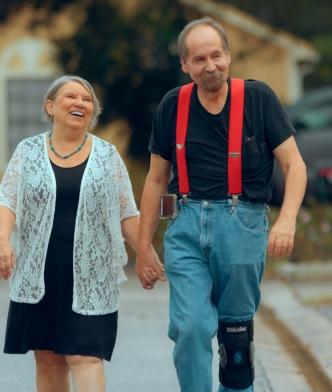Who Is Liable in a Rear-End Collision?
Who Is Liable in a Rear-End Collision?
Rating Overview
- The Fee Is Free Unless You Win®.
- America's Largest Injury Law Firm™
- Protecting Families Since 1988
- 20 Billion+ Won
- 1,000+ Lawyers Nationwide
Free Case Evaluation
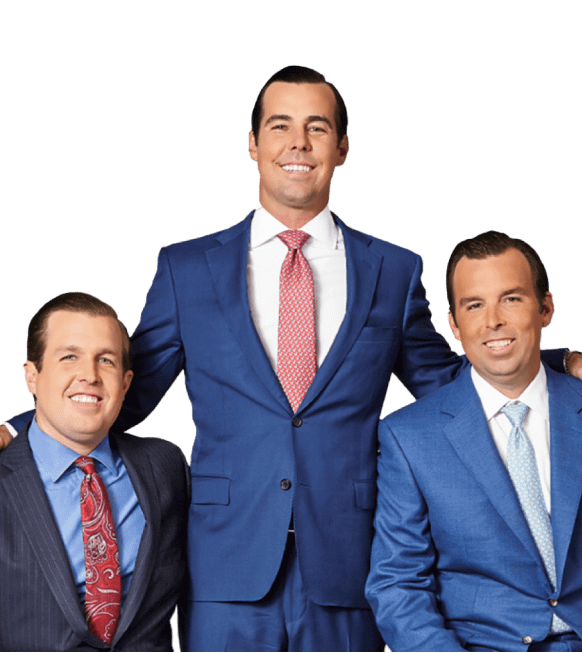
The attorneys featured above are licensed in Florida. For a full list of attorneys in your state please visit our attorney page.
Who Is Liable in a Rear-End Collision?
Rear-end collisions are some of the most common examples of vehicle accidents across the United States. Being hurt in a rear-end collision raises many questions about your medical care, ability to go back to work, and compensation for damages and injuries. You may be wondering who is liable in a rear-end collision and if you are eligible to pursue compensation against the at-fault party or through your insurance company.
A thorough investigation of the accident scene may be required to establish fault and the circumstances of the accident itself. Taking the proper steps at the scene of the incident can greatly increase your chances of the successful recovery of compensation.
How it works
It's easy to get started.
The Fee Is Free™. Only pay if we win.
Results may vary depending on your particular facts and legal circumstances.
Step 1
Submit
your claimWith a free case evaluation, submitting your case is easy with Morgan & Morgan.
Step 2
We take
actionOur dedicated team gets to work investigating your claim.
Step 3
We fight
for youIf we take on the case, our team fights to get you the results you deserve.
FAQ
Get answers to commonly asked questions about our legal services and learn how we may assist you with your case.
What To Do After a Rear-End Collision?
It can be quite a shock for someone else to strike your vehicle, whether you're in a parking lot, in slow-moving traffic, or on the highway. It is the responsibility of every driver on the road to give the proper distance between themselves and the car in front of them, and someone else's decision to get too close to you could lead to a rear-end accident. You may not exactly know how the accident happened at the time, but you did feel the impact and may have suffered both personal injuries as well as vehicle damage at the time.
While you can later figure out who is liable in a rear-end collision, the important steps to take at the scene of the accident are to contact the authorities to file a police report. The police report may also include information from eyewitnesses, but it will incorporate the most important details about your accident itself. This information may later become relevant in your decision to open an insurance claim or to file a personal injury lawsuit, so it is recommended that you get a police report even if the injuries appear minor at the scene. Getting medical attention will rule out more serious injuries and may even help you recover more quickly.
Many victims with substantial injuries, however, will unfortunately never fully recover.
What to Do if You Have Major Injuries or Damages?
Many people discover that their vehicle damage and personal injuries are much more severe than they initially expected, particularly since you may need to have your vehicle looked at by a mechanic and may get medical attention that reveals more serious problems, such as a concussion.
Take any pictures and videos at the scene of the accident if you can and make sure to get contact information for the other driver. This information will help to prove who is liable in a rear-end collision but will also make it that much easier for you to navigate the insurance process. You may be overwhelmed and confused at the scene, but the more steps you can take to gather information about the accident, the easier it will be in the long run. If you were unable to gather this information yourself, contact the authorities to help with documenting such details in a police report and to remove your vehicle off the road and out of harm's way.
You may also be able to get medical attention by contacting the authorities, so if you believe that anyone is seriously injured after the vehicle accident, do not hesitate to ask for help. The more details you gather at the crash site, the easier it will be for you if you decide to open an insurance claim or file a personal injury lawsuit later. All of this information will be needed to pursue either one of those routes to recover compensation, so it is good to document them nonetheless.
When Is Someone at Fault for a Rear-End Accident?
In most cases, the driver who hit the car in front of them is responsible for a rear-end accident, although there are exceptions to this.
A lead driver, for example, could be responsible in a rear-end crash if they were driving recklessly or negligently, such as intentionally trying to get hit by another driver, driving with broken brake lights that make it hard for other drivers to see that they are slowing down, or if they are under the influence of alcohol.
Any driver who is determined to be responsible in an accident could be held responsible by any other involved driver and any passengers for damages inside a personal injury lawsuit. In most rear-end vehicle crashes, however, the rear driver is at fault for an accident.
Determining who is at fault in an accident is extremely important because it paves the way for the recovery of compensation. Liability is often demonstrated by figuring out if a driver was responsible and which percentage of the accident was caused by the driver's negligence if in a comparative fault state.
If you live in a comparative fault state, this means that your damages may be reduced if you are determined to be partially at fault for the accident, and your damages may be completely eliminated if you are determined to be more than 50% responsible for an accident. There are many different ways to show negligence in a car accident, including violation of traffic rules or laws, or failing to drive with care. Some of the most frequent activities that can contribute to rear-end accidents include tailgating, distracted driving, speeding, or texting while driving.
What Kinds of Damages Are Available to Someone Hurt in a Rear End Accident?
Injured parties can recover compensation for their injuries by filing a personal injury lawsuit. This can include many different types of damages, such as car repair costs, lost wages, lost earnings, medical bills, loss of consortium, pain and suffering, and even survivor damages if your loved one was killed in a rear-end accident.
How Is Fault Determined in a Rear-End Accident?
Although in many cases the driver behind the car that was struck is responsible for a rear-end accident, this is not always true. A rear driver could be driving distracted or following too closely, but a lead driver may also be at fault. This is often one of the most common questions that comes up in the determination of liability in a lawsuit.
Fault in the vast majority of car crashes is determined through negligence. A negligent party can be held responsible for any damages and injuries caused to someone else. A negligent driver is liable to passengers as well as any other injured drivers. Injury victims must gather evidence to show that the defendant was negligent. Defend elements for negligence require showing that the defendant owed the victim a duty of care in sharing the road, that the defendant negligently breached that duty of care, and that the negligence was a substantial or total factor in causing the victim's injuries. Incidents such as braking suddenly, pulling out in front of another car, road rage, drunk driving, or purposely trying to get hit may illustrate that the lead driver is at least partially at fault.
Other issues that can contribute to the likelihood of rear-end accidents include soft brakes, stop-and-go traffic, wet road conditions, nighttime driving, and heavier vehicle weight. If you are concerned about recovering compensation for a rear-end accident, it is very important to identify a legal team who has the appropriate experience to investigate the scene.
Proving Your Case
After a car accident, there are plenty of different things to think about. You need to make sure that you get the medical care that you need and provide documentation to your insurance company. It can be difficult at the time to begin gathering evidence that may be used in a personal injury case, which is why hiring the right personal injury attorney, like the lawyers working at Morgan & Morgan, can make a big difference in your claim. We understand what is involved in determining who is liable in a rear-end collision and how many other victims follow suit in doing this.
If needed, we will dispatch our accident reconstruction team to the scene of the incident to help determine what happened. This could involve many different types of experts who can tell the story of how the incident occurred, which may ultimately help you to recover maximum compensation in your lawsuit.
We also recognize that you may be able to resolve your lawsuit through conversations outside of court, such as through settlement. Our knowledgeable attorneys at Morgan & Morgan have experience in both resolving things through settlement conversations as well as handling cases that go to trial. We look for any and all opportunities to resolve the issue in a meaningful way for our clients.
The determination of liability and fault can have critical implications for a person who was injured and who may need compensation to pay for their injuries and future medical care. Talk to Morgan & Morgan today for a free, no-obligation case evaluation to get started.


